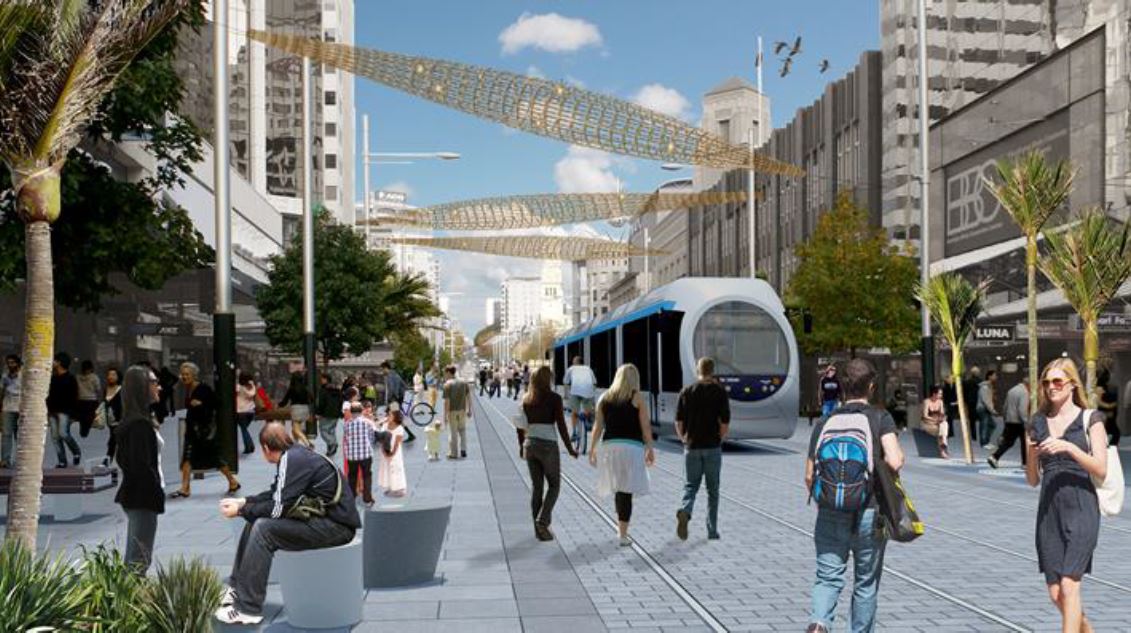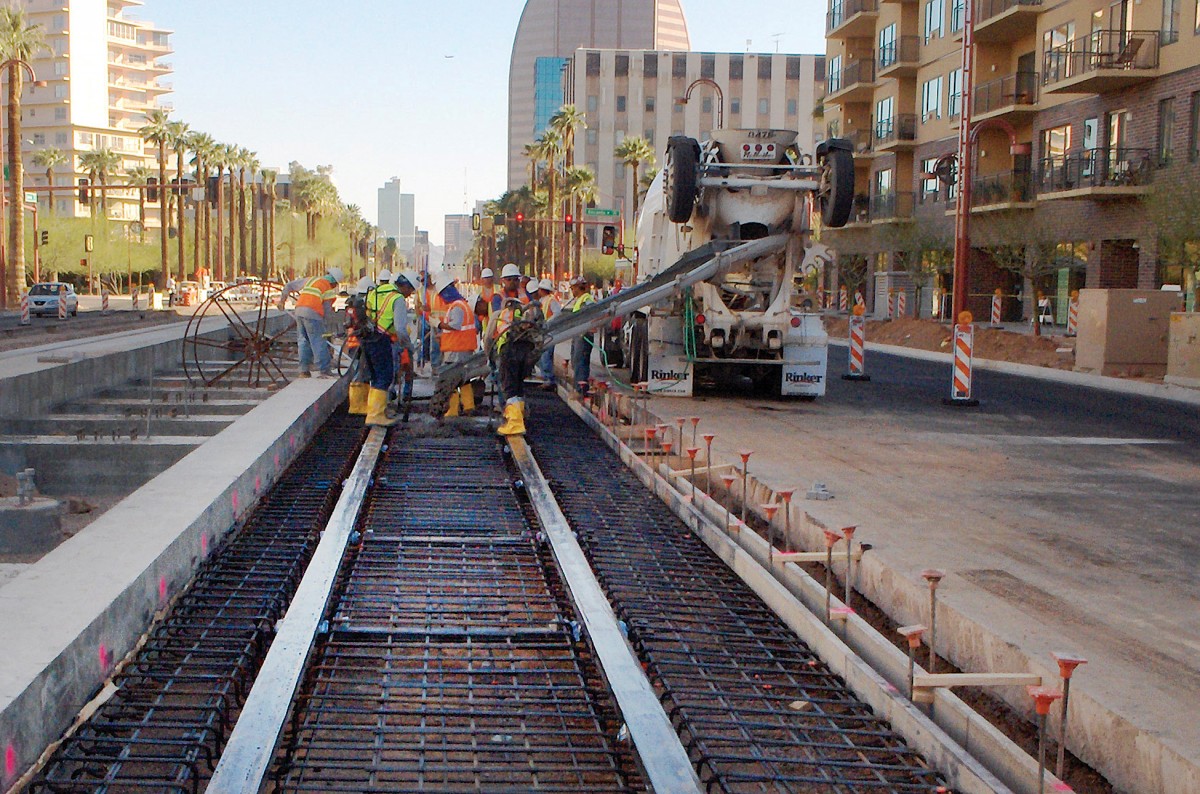Currently, Toronto Canada has the highest Light Rail ridership of any North American district. In the United States this honor is carried by the city of Boston, followed by Los Angeles. Canadian cities have a comparatively high rate of public transport usage as compared to that of the United States. There are presently two established Light Rail Systems in Mexico. In the United States, Light rails are common modes of transportation in cities that are mid-sized to large. In any case these are more feasible in such cities mainly because the roads are not overtly crowded and the population size is just right to be able to get through such a setup. There are a total of seven streetcar systems that are strictly the modern versions of the Light rail system and do not owe any modifications to the conventional streetcar versions in the USA.
The oldest street car system that is currently operational is found in San Diego, California. This is revered for being a first of its kind second generation system to be introduced in the United States, as most of the Light Rail Systems currently available presently second generation.
In North America, a few of the lately opened systems are the diesel powered ones, which include the Trillium Line in Ottawa, the Sprinter in San Diego California, and the River Line in the State of New Jersey (source: MaidMarines). Diesel powered lines are only sought out as an option in states that do not have a high population. This is because in a highly populated state starting a Light Rail system powered by diesel would cause high diesel consumption and expulsion, which would raise a lot of concern amongst environmentalists and the general public. Another option is to start in states that have interurban lines with the individual stations being spaced out at long distances which would facilitate a diesel run line that directly connects two points that would otherwise have a lot of hassle with the Metro Light Rail.
The Light Rail is one of the most efficient ways of travelling in North America, and has been so for a long time. It is convenient, inexpensive, and most importantly, environmentally friendly. The highlight of the Light Rail is that one can take it from the street itself while it moves.

